Book of the week: Flying Blind by Peter Robison
The Bloomberg journalist investigates the tragic failure of Boeing’s 737 Max plane
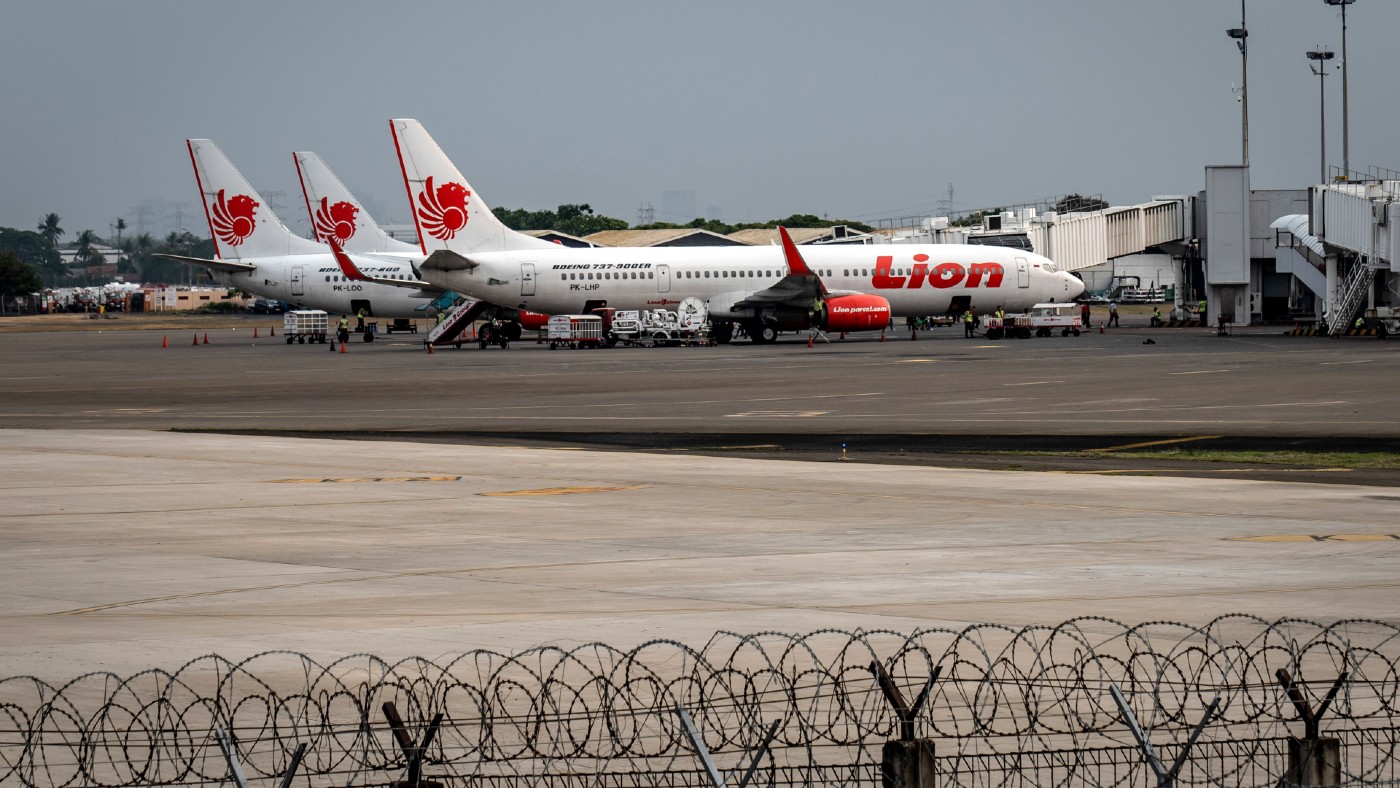
In October 2018, a Lion Air flight in Indonesia plummeted into the Java Sea, killing all 189 people on board. Five months later, an Ethiopian Airlines flight ploughed into the ground outside Addis Ababa, killing 157.
There were striking similarities between the two crashes, said Roger Lowenstein in The Wall Street Journal. In both cases, the plane’s nose suddenly started dipping, causing the pilot to lose control. And each involved Boeing’s new 737 Max, the company’s “upgrade to its venerable 737”.
In Flying Blind: The 737 Max Tragedy and the Fall of Boeing, the Bloomberg journalist Peter Robison explains how Boeing brought an unsafe plane to market. The story he tells – of a company once renowned for its engineering excellence becoming in thrall to cost-cutting and short-term profits – is at once riveting and “disturbing”.
The Week
Escape your echo chamber. Get the facts behind the news, plus analysis from multiple perspectives.

Sign up for The Week's Free Newsletters
From our morning news briefing to a weekly Good News Newsletter, get the best of The Week delivered directly to your inbox.
From our morning news briefing to a weekly Good News Newsletter, get the best of The Week delivered directly to your inbox.
The origins of the two crashes lay in Boeing’s “bitter battle” with Airbus for dominance of the short-haul market, said Michael Skapinker in the FT. For decades, the 737 had “kept the world aloft”, but by the 2010s the European manufacturer’s A320 was “seen by many airlines as superior”.
Since developing a complete replacement for the 737 would have cost an estimated $20bn, Boeing opted instead to retrofit its existing 737s with “bigger, more fuel-efficient engines” – a process that cost $2.5bn. But because the old plane’s wings were so low-slung, the engines had to be mounted in a forward position – which meant the plane had a tendency to tilt upwards in flight. To prevent this, Boeing installed a sensor-activated software system called MCAS, which would automatically “force the aircraft’s nose down”.
That might have been fine had pilots known how to respond when MCAS kicked in, said John Arlidge in The Sunday Times. But fearing that “expensive and disruptive” simulator training would put off airlines buying the 737 Max, Boeing persuaded regulators that “MCAS was not important enough to require new simulator training”. In the plane’s manual, the software was barely mentioned. The Lion Air pilots had no idea why the nose kept dipping.
Robison exposes the arrogance of Boeing’s top brass, who failed to act even when their employees raised doubts about the Max’s safety, said David Gelles in The New York Times. And he castigates the Federal Aviation Administration for effectively doing the manufacturer’s bidding. This is an “authoritative, gripping and finely detailed narrative that charts the decline of one of the great American companies”.
A free daily email with the biggest news stories of the day – and the best features from TheWeek.com
Penguin Business 336pp £20; The Week Bookshop £15.99
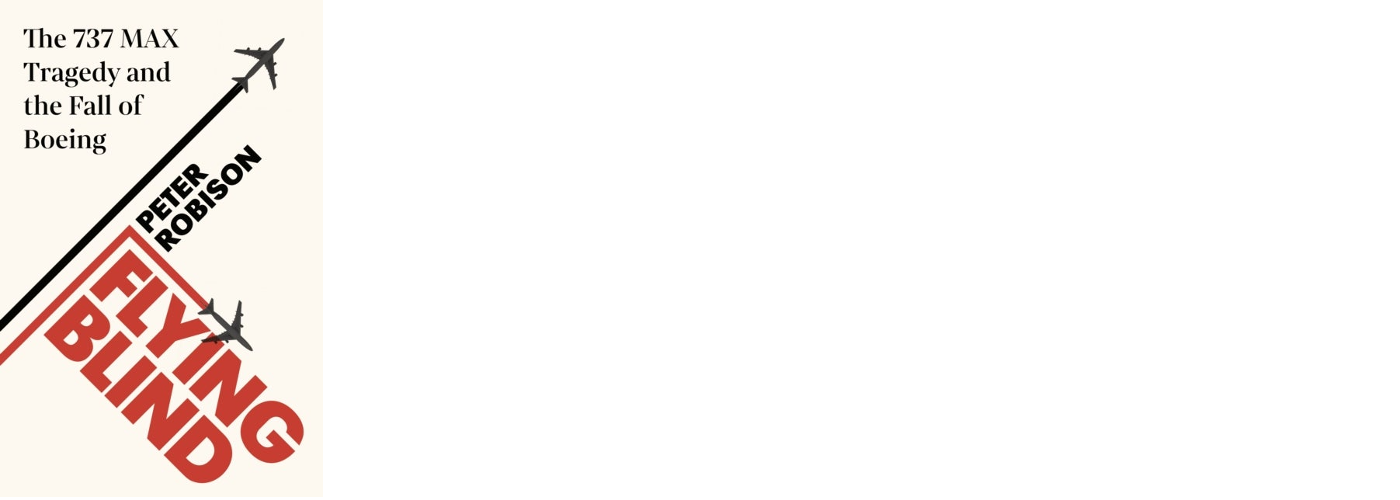
The Week Bookshop
To order this title or any other book in print, visit theweekbookshop.co.uk, or speak to a bookseller on 020-3176 3835. Opening times: Monday to Saturday 9am-5.30pm and Sunday 10am-4pm.
-
 ‘Lumpy skin’ protests intensify across France as farmers fight cull
‘Lumpy skin’ protests intensify across France as farmers fight cullIN THE SPOTLIGHT A bovine outbreak coupled with ongoing governmental frustrations is causing major problems for French civil society
-
 The best books of 2025
The best books of 2025The Week Recommends A deep dive into the site of a mass shooting, a new release from the author of ‘Atonement’ and more
-
 Inside Minnesota’s extensive fraud schemes
Inside Minnesota’s extensive fraud schemesThe Explainer The fraud allegedly goes back to the Covid-19 pandemic
-
 Appetites now: 2025 in food trends
Appetites now: 2025 in food trendsFeature From dining alone to matcha mania to milk’s comeback
-
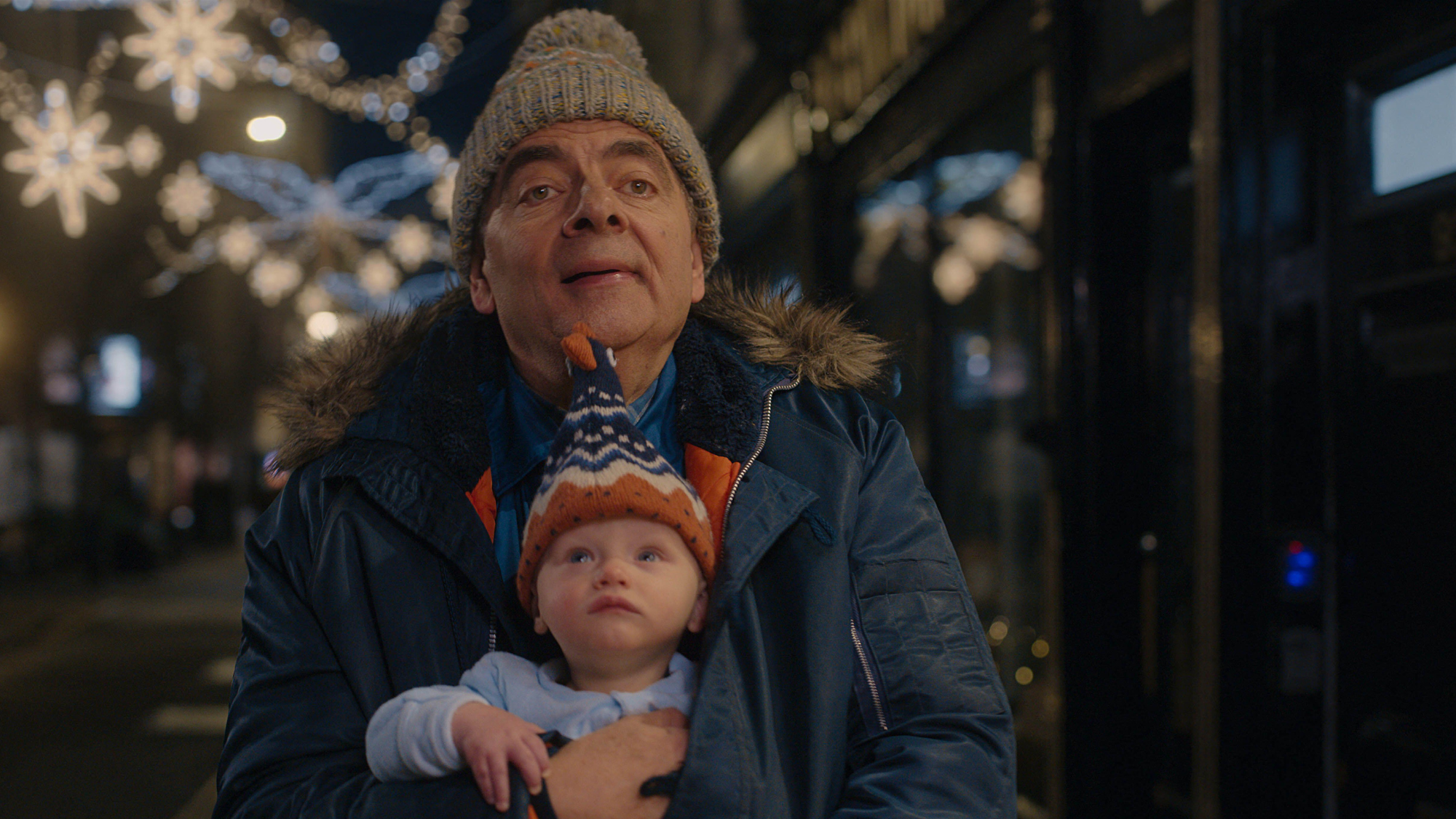 Man vs Baby: Rowan Atkinson stars in an accidental adoption comedy
Man vs Baby: Rowan Atkinson stars in an accidental adoption comedyTalking Point Sequel to Man vs Bee is ‘nauseatingly schmaltzy’
-
 Goodbye June: Kate Winslet’s directorial debut divides critics
Goodbye June: Kate Winslet’s directorial debut divides criticsTalking Point Helen Mirren stars as the terminally ill English matriarch in this sentimental festive heartwarmer
-
 A Christmas Carol (or two)
A Christmas Carol (or two)The Week Recommends These are the most delightful retellings of the Dickens classic from around the country
-
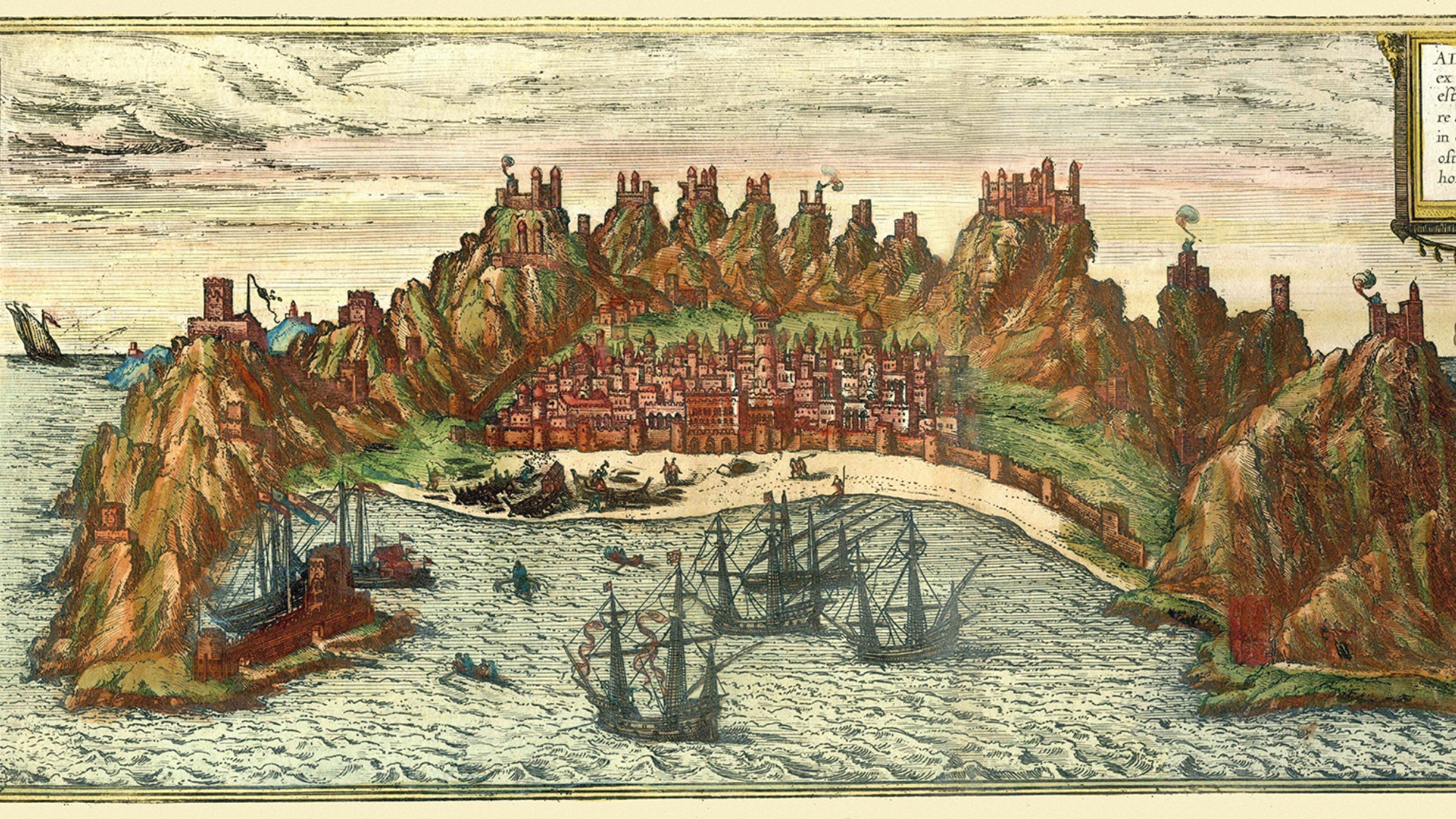 ‘Capitalism: A Global History’ by Sven Beckert and ‘American Canto’ by Olivia Nuzzi
‘Capitalism: A Global History’ by Sven Beckert and ‘American Canto’ by Olivia NuzziFeature A consummate history of capitalism and a memoir from the journalist who fell in love with RFK Jr.
-
 Frank Gehry: the architect who made buildings flow like water
Frank Gehry: the architect who made buildings flow like waterFeature The revered building master died at the age of 96
-
 6 lovely barn homes
6 lovely barn homesFeature Featuring a New Jersey homestead on 63 acres and California property with a silo watchtower
-
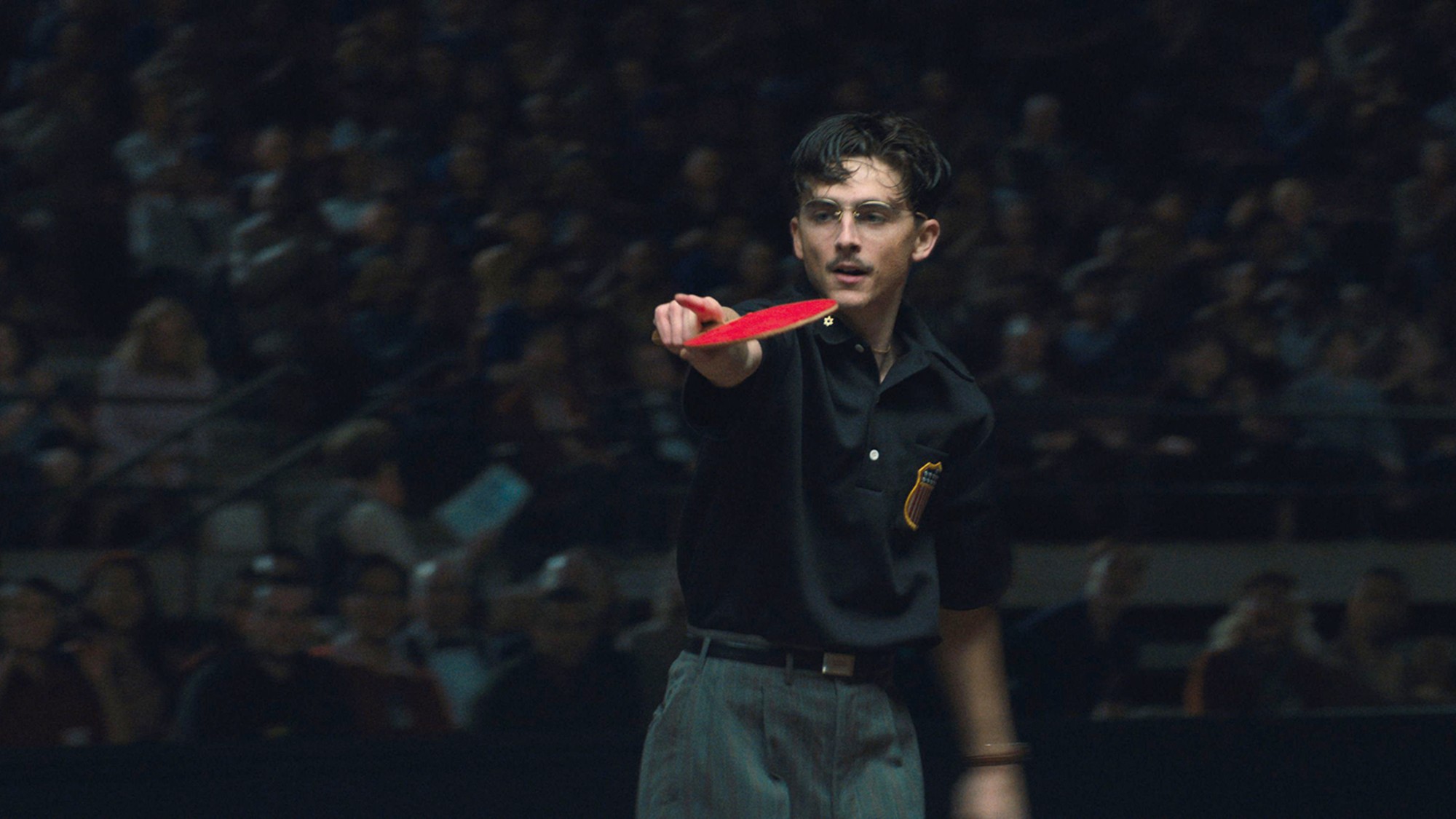 Film reviews: ‘Marty Supreme’ and ‘Is This Thing On?’
Film reviews: ‘Marty Supreme’ and ‘Is This Thing On?’Feature A born grifter chases his table tennis dreams and a dad turns to stand-up to fight off heartbreak